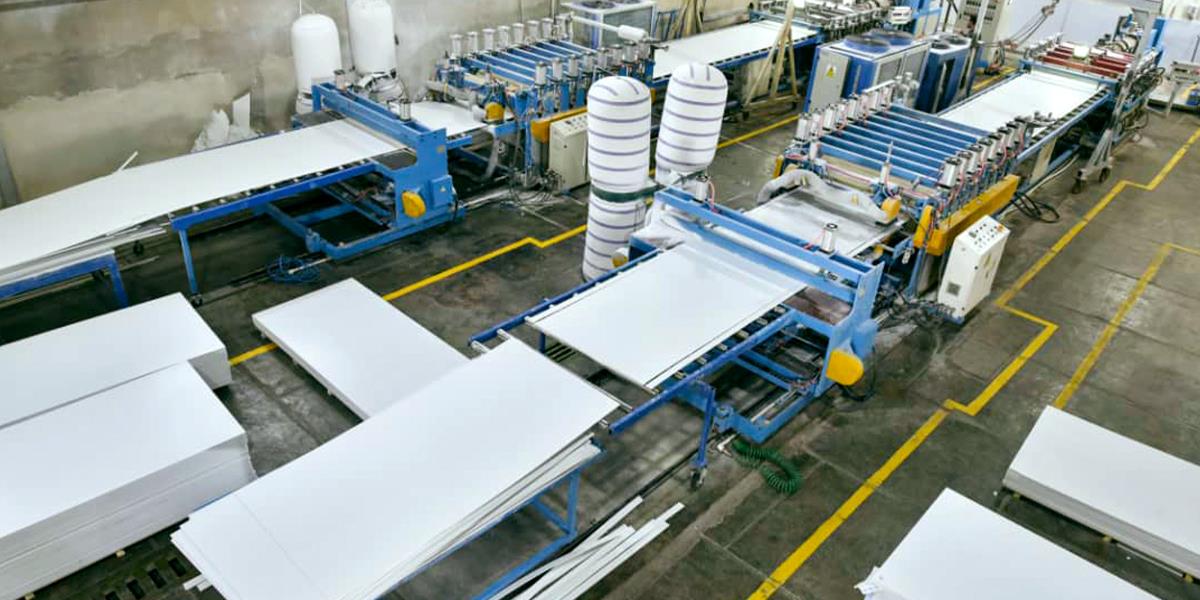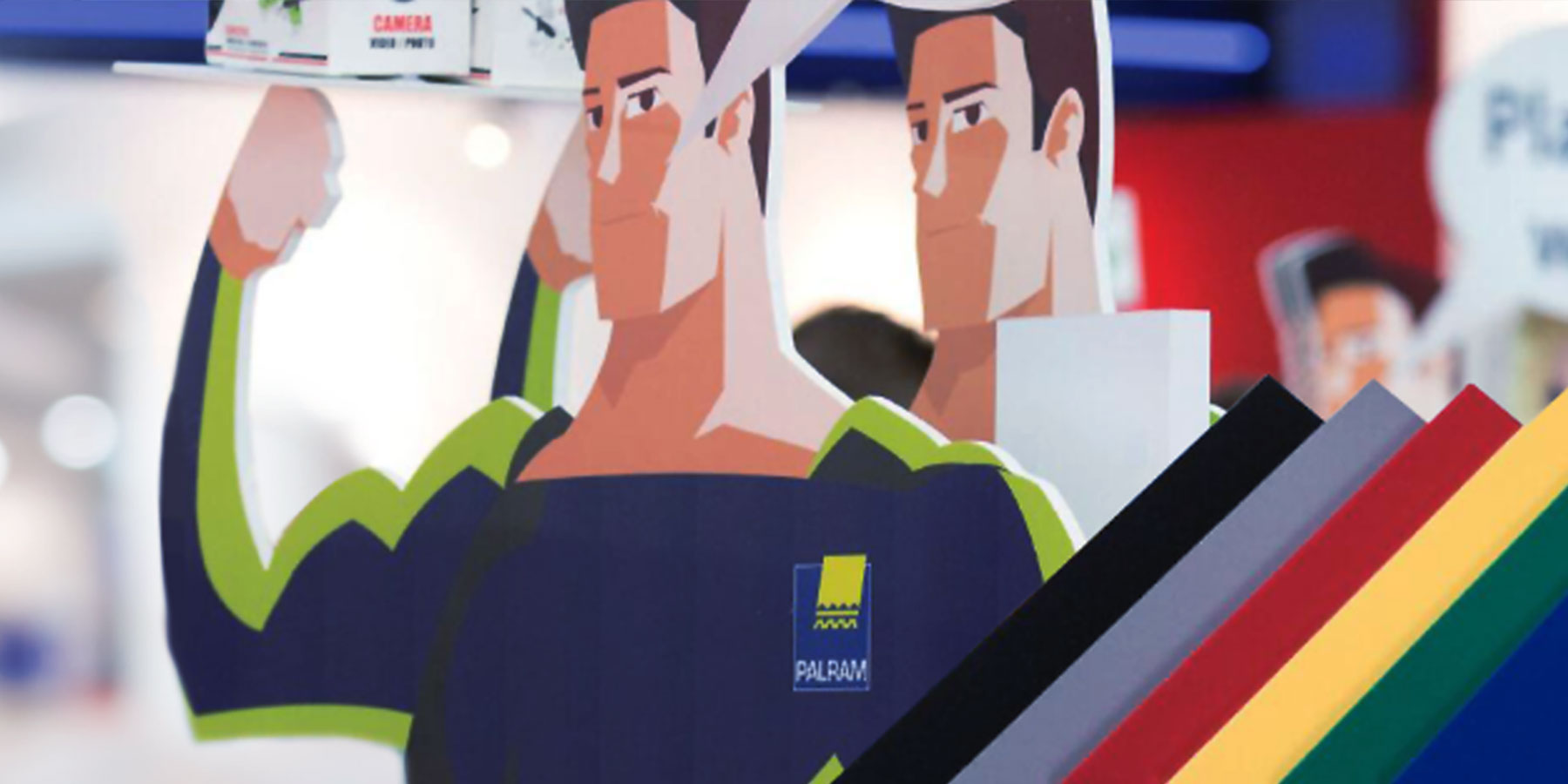As one of the five most consumed polymers in the world, PVC cannot be processed in pure form and typically several batches of additives must be added. These additives include thermal stabilizers, internal and external lubricants, processing aids, impact modifiers, etc. which are selected based on required properties and application site. In the case of PVC foam, a foaming agent, as well as a melt viscosity controller agent, is required as an additive to control the foam structure.
In the production of PVC foams, physical mixing is generally performed in the mixer in the first stages. In a more advanced method, turbo mixers are used to generate frictional heat with the high rotational speed of paddles. As the PVC powder heats up, the additives find the opportunity to penetrate into the particle surface. The heated powder is then cooled down and stored. This process is generally conceivable for most PVC products.
In the production of foam boards, the mixed material enters the production line (counter-rotating twin screw extruder) to melt due to friction, shear, and heat. In the end, the extruder acts as a foam generator due to the heat generated. Chemicals are usually used as foaming agents that release carbon dioxide or nitrogen as they heat up. The released gas creates cavities in the PVC that are manageable by controlling the conditions and using processing aids. Then, these materials are passed through the sheet mold and, after exiting, the dimensions of the two plates are stabilized by a calibration system. At the final stage, the edges of the sheet are cut and sawn as required to prepare for packaging.






